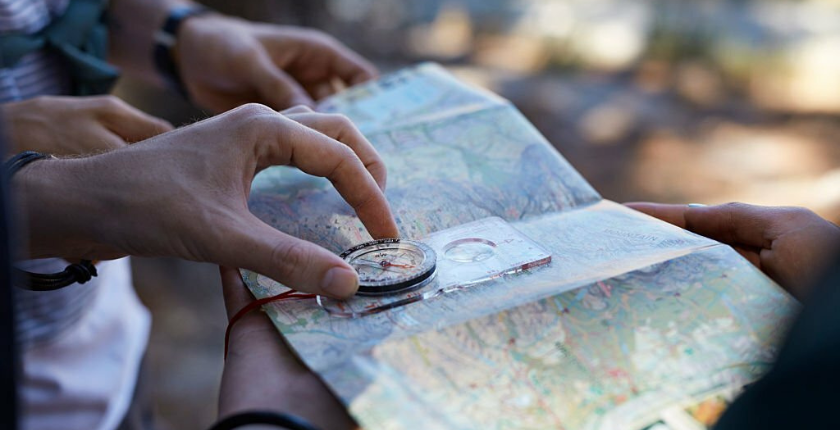Are you struggling with How to Add Keystone Species to a Concept Map? Look no further! Our step-by-step guide will help you seamlessly integrate these vital components.
Concept maps are a useful tool for visualizing and organizing statistics. But to cause them to be genuinely effective, it is crucial to consist of keystone species. These are the species that hold an atmosphere together, similar to the keystone in an arch. In this complete manual, we’re going to walk you through the manner of adding keystone species to your concept map. Let’s get started!
How to Add Keystone Species to a Concept Map: A Step-by-Step Guide

Creating a concept map is a structured process that involves various steps. Adding keystone species is one of the critical steps. Here’s how you can do it.
Step 1: Define Your Concept Map
Before you can add keystone species, you need to define the concept map’s purpose and scope. Determine the central theme and identify the primary concepts you want to illustrate.
Related post to read about How to Hide the Emperor’s Child
Step 2: Choose Your Keystone Species
Selecting the right keystone species is crucial. These species should have a significant impact on the ecosystem. Research and pick species that are well-documented as keystone species in your chosen ecosystem.
Step 3: Identify Relationships
Now, you need to establish the relationships between the keystone species and other elements in your concept map. Use arrows or connecting lines to indicate how these species affect other components.
Step 4: Provide Context
Explain why each keystone species is vital in your concept map. Provide context by describing their role, ecological significance, and the consequences of their absence.

Step 5: Organize Your Map
Create a logical structure for your concept map. Place the keystone species at key points in the map to highlight their importance. Use formatting and colors to make them stand out.
Step 6: Add Supporting Details
To make your concept map comprehensive, include additional details about each keystone species. This could include habitat information, feeding habits, and any unique characteristics.
Step 7: Review and Revise
Always review your concept map for accuracy and clarity. Ensure that the keystone species are correctly integrated and that the map effectively conveys the intended message.
Step 8: Seek Feedback
Consider sharing your concept map with peers or mentors to gather feedback. External perspectives can help you refine your map further for more Tips.
FAQs
What are keystone species, and why are they important?
Can keystone species vary in different ecosystems?
How do I research and identify keystone species for my concept map?
What software or tools can I use to create a concept map?
Are there any specific rules for formatting a concept map?
Final Words
Adding keystone species to your idea map complements its effectiveness and relevance. By following our step-by-step manual, you can create informative and visually enticing idea maps that reveal your expertise and knowledge. These maps will no longer most effectively assist you in your studies but also in conveying complex ideas to others.

